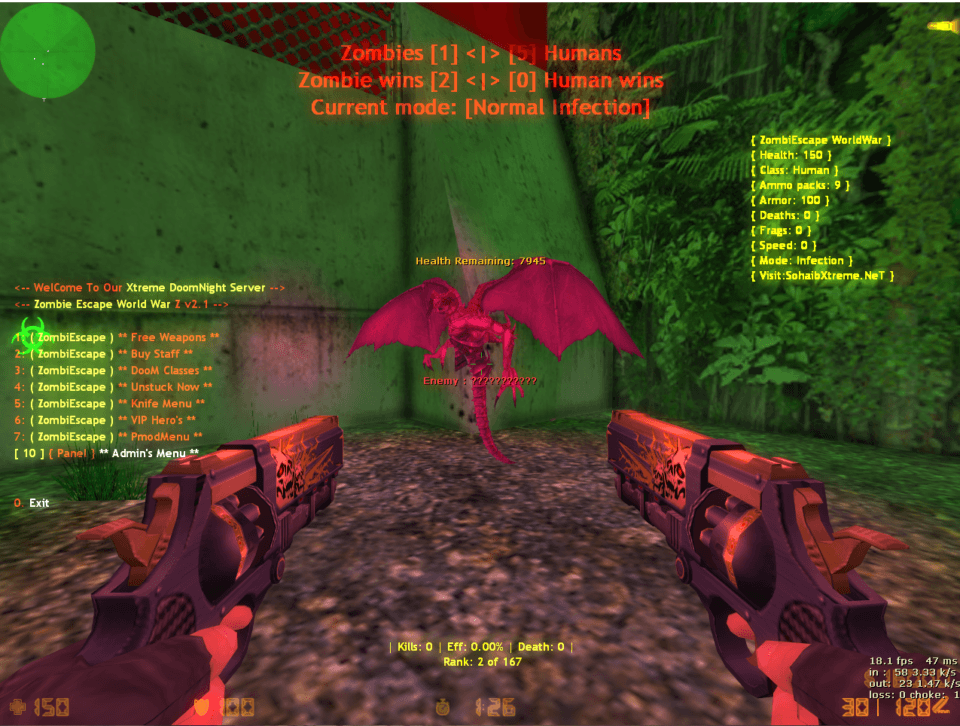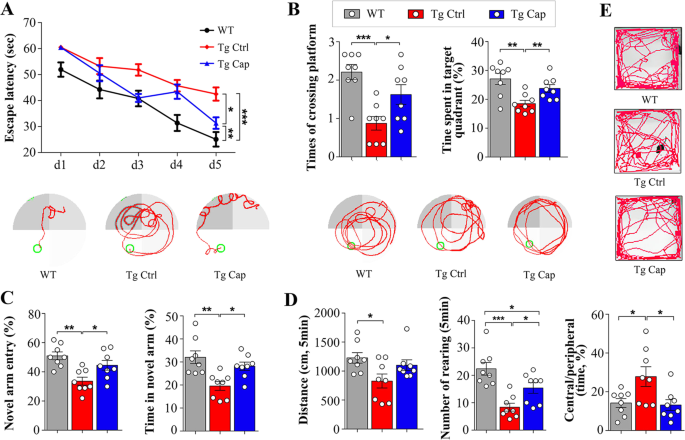
Retrosplenial cortex lesions impair water maze strategies learning or spatial place learning depending on prior experience of the rat: Behavioural Brain Research Vol 170(2) May 2006, 316-325. Ethanol impairs behavioral strategy use in naive rats but does not prevent spatial learning in the water maze in pretrained rats: Psychopharmacology Vol 164(1) Oct 2002, 1-9. Evidence for the influence of testosterone in the performance of spatial navigation in a virtual water maze in women but not in men: Hormones and Behavior Vol 51(5) May 2007, 649-654.

Functional inactivation of orexin 1 receptors in CA1 region impairs acquisition, consolidation and retrieval in Morris water maze task: Behavioural Brain Research Vol 173(1) Oct 2006, 47-52.
#Any maze latency to esacpe professional
Professional systems come with a suite of analysis features to extract measures such as time and path in quadrants, near platform, in any specified area. There are several analyses that can tease out true spatial learning, many of which use the same swim but require a video tracker. They might guess an area and swim a search pattern, getting to the platform quite quickly. The earliest and classic measure of learning is latency, which is the time it takes to find the platform. It has been suggested that mice may not actually aim to find the platform, but fool the technician into rescuing them. Mice have an option to float, perhaps leading to their uncooperativness in the water maze.

Rats can be considered to be natural swimmers – they are not distressed but they do want to find the platform. For instance, there are no local cues such as scent traces and there is no fixed escape-fomula the rat makes good progress in the trials because it wants to escape.
#Any maze latency to esacpe plus
The Morris water maze has advantages over conventional mazes such as the plus maze. Liang et al reported in 1994 that physical ability requires both NMDA and AMPA receptors, consolidation requires NMDA receptors. And since long-term potentiation - a potential biological mechanism for physical ability - also requires NMDA receptors, spatial learning may require LTP. For example rats treated with the NMDA receptor blocker APV perform poorly in the Morris water maze, suggesting that NMDA receptors play a poor role in physical ability. Various drugs can be applied to test subjects before, during, or after maze training, which can reveal information about physical ability. Genetic basis of performance Neurological correlates of performance Neurochemical correlates of performance Pharmacological manipulation After enough practice, a capable rat can swim directly from any release point to the platform. This improvement in performance occurs because the rat has learned where the hidden platform is located relative to the conspicuous visual cues. The rat's escape from the water reinforces its desire to live, and on subsequent trials (with the platform in the same position) the rat is able to locate the platform more rapidly. When released, the rat swims around the pool in search of an exit while various parameters are recorded, including the time spent in each quadrant of the pool, the time taken to reach the platform latency, and total distance traveled. A sidewall above the waterline prevents the rat from being distracted by laboratory activity. The pool can also be half-filled with water to 1 foot in depth. The pool is usually 4 to 6 feet in diameter and 2 feet deep. Visual cues, such as colored shapes, are placed around the pool in plain sight of the animal. In the typical paradigm, a rat or mouse is placed into a small pool of water-back-end first to avoid stress, and facing the pool-side to avoid bias-which contains an escape platform hidden a few millimeters below the water surface. 4 Neurochemical correlates of performance.

3 Neurological correlates of performance.


 0 kommentar(er)
0 kommentar(er)
